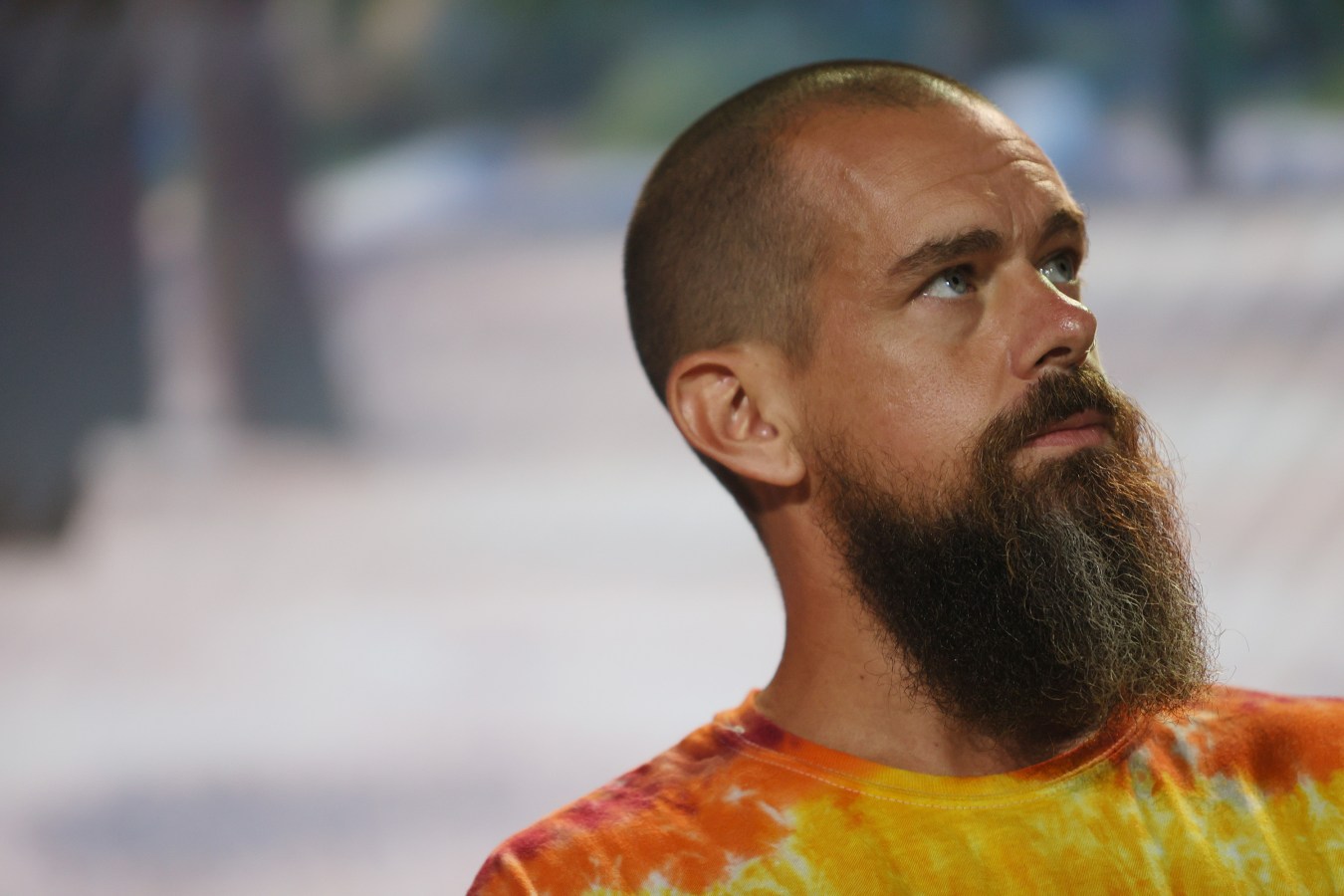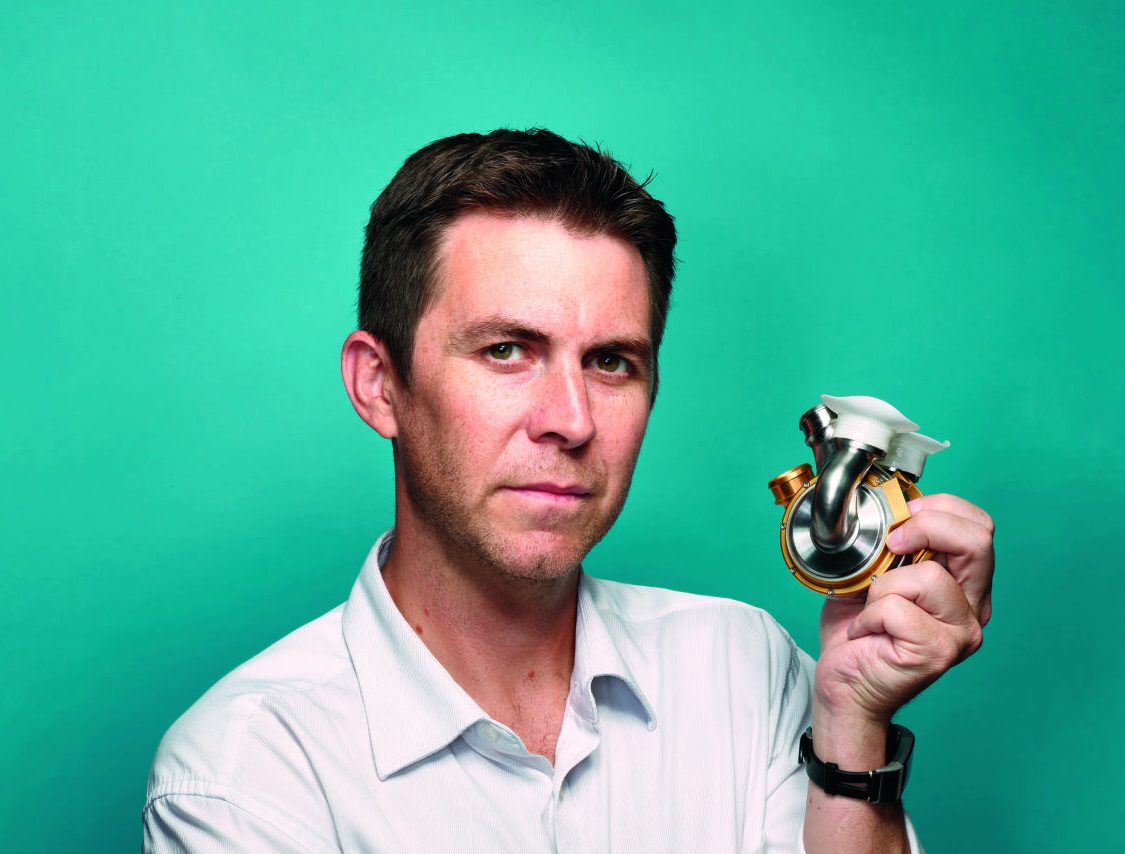Facebook and Instagram parent company Meta was sued by a group of 33 states in a major lawsuit on Tuesday for allegedly misleading the public over addictive features targeting children, marking both the latest legal challenge against the social media giant and the latest claim social media harms younger users.

Key Takeaways
- Plaintiffs in the suit, filed in federal District Court in California, where Meta is headquartered, claim Meta has “profoundly altered the psychological and social realities for a generation of young Americans,” including by creating technologies to “entice, engage and ultimately ensnare youth and teens” in an effort to generate profit.
- The platform, according to the suit, “repeatedly misled the public” about “substantial dangers” for its younger users, and engaged in “deceptive and unlawful conduct in violation of state and federal law” (Forbes has reached out to Meta for comment).
- Specifically, the plaintiffs claim Meta’s platforms are aimed to maximize children and teenagers’ time on its apps, that the company has used “psychologically manipulative” features to entice younger users to spend more time on the apps, and “falsely” claimed to the public its products were safe.
- The suit was filed Tuesday morning by a bipartisan group of attorneys general from Arizona, California, Colorado, Connecticut, Delaware, Georgia, Hawaii, Idaho, Illinois, Indiana, Kansas, Kentucky, Louisiana, Maine, Maryland, Michigan, Minnesota, Missouri, Nebraska, New Jersey, New York, North Carolina, North Dakota, Ohio, Oregon, Pennsylvania, Rhode Island, South Carolina, South Dakota, Virginia, Washington, West Virginia and Wisconsin.
Tangent
The complaint against Meta follows a string of suits targeting social media companies over claims their platforms harm children, including a suit against both Meta and rival TikTok filed in March by Arkansas’ Republican Attorney General Tim Griffin, who claimed the companies deceived users about content on their apps. In that suit, Griffin argued the companies violated Arkansas’ Deceptive Trade Practices Act by “knowingly” designing apps to foster addiction for young users.
At the time, Meta head of safety Antigone Davis issued a statement assuaging parents that the company is developing features and policies to “meet the needs of teens and their families” and claimed the company implements features to remove harmful content “related to suicide, self injury or eating disorders before anyone reports it to us.”
Earlier this month, Utah officials filed another suit against TikTok, arguing the company deployed “addictive features” to lure young users into a cycle of endless scrolling to generate advertising revenue. TikTok CEO Shou Zi Chew has also addressed concerns around its platform posing risks for teenagers, telling Congress in March the company “will keep safety—particularly for teenagers—a top priority,” adding the company plans to roll out “additional protections aimed at reducing harmful content.
Big Number
62%. That’s the share of teenagers ages 13 to 17 that report using Instagram, the third-most popular social media platform amongst teenagers according to a 2022 study by the Pew Research Center, behind YouTube (95%) and TikTok (65%), and just ahead of Snapchat (59%). More than one-third of teenagers in the study said they use at least one social media app “almost constantly.”
Contra
An advisory from the U.S. Surgeon General warns that while social media can provide benefits for children, those platforms also create a “profound risk of harm to the mental health and well-being of children and adolescents,” due to a variety of factors, including unhealthy content on the site and disruption to users’ sleep and physical activity. While some studies have found links between social media usage and mental health issues, including negative thoughts on body image and thoughts of self-harm, other studies have found social media can provide children and teenagers with a sense of community online, create a health platform for self-expression and help children make friends.
This article was originally published on forbes.com and all figures are in USD.


